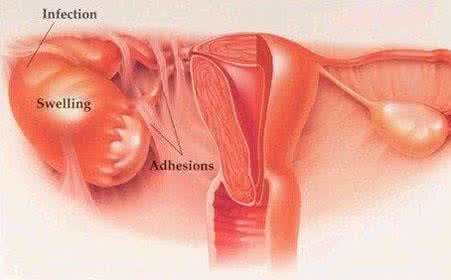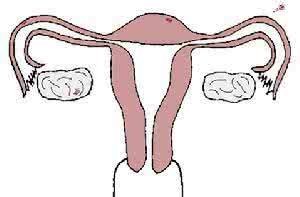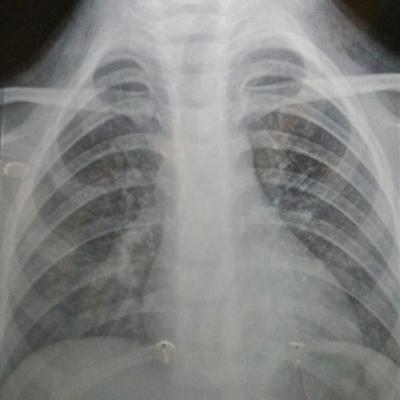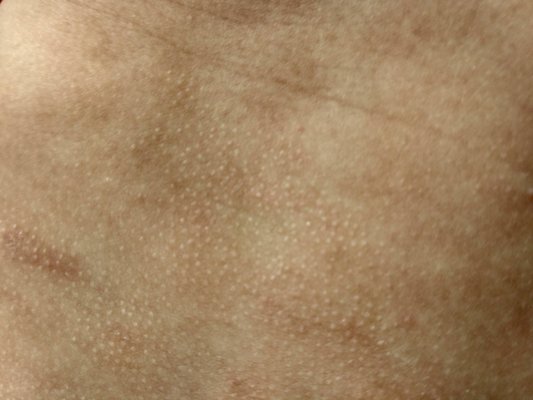How to treat cervical early interstitial invasive cancer?
summary
Early cervical stromal invasive cancer is a kind of preclinical cervical cancer which can only be detected under microscope but is difficult to be found clinically. The name of microcarcinoma was first proposed by mestwart (1947). For more than 40 years, the name, definition, diagnostic criteria and treatment of microcarcinoma have been confused. How to treat cervical early interstitial invasive cancer?
How to treat cervical early interstitial invasive cancer?
In recent years, with the deepening of research on the relationship between human papillomavirus (HPV) infection and lower genital tract, it has been found that HPV infection is associated with the occurrence of cervical precancerous lesions. As a special type of sexually transmitted disease, HPV infection is the cause of cervical intraepithelial neoplasia. Molecular biological and epidemiological studies have shown that HPV is carcinogenic.

As well as carcinoma in situ, cervical micro invasive carcinoma has no special symptoms and signs. Betsil (1985) reported that 33% - 81% of the cases are asymptomatic. Some of them have increased leucorrhea, contact bleeding or irregular vaginal bleeding and chronic cervicitis. According to statistics, 56.7% of the microcarcinoma had contact bleeding and irregular bleeding, and 40% had no symptoms. Some authors reported that chronic cervicitis accounted for 39.6%, mild and moderate erosion accounted for 28.3% - 75.0%, severe erosion accounted for 7.5%, leukoplakia accounted for 3.8%, clinically suspected cancer accounted for 12.5%, while the proportion of cervical smooth (9.4% - 12.5%) was lower than CIN.

In the diagnosis of CIN and early cervical cancer, colposcopy and cytology are indispensable auxiliary diagnostic methods. The colposcopic image of early invasive carcinoma is similar to that of CIN grade III, but more abnormal. "Triple image" is more common, with thick white epithelium, clear boundary, slightly raised or irregular surface, large and irregular punctate blood vessels and (or) inlay, dilated blood vessels, increased spacing, and abnormal blood vessels such as spiral, hairpin or teaser.

matters needing attention
The treatment of cervical micro focal invasive carcinoma is mainly surgery, but there is a big difference between the treatment methods and scope, from conization to extensive hysterectomy plus pelvic lymphadenectomy. Early diagnosis, early treatment, good follow-up work.













